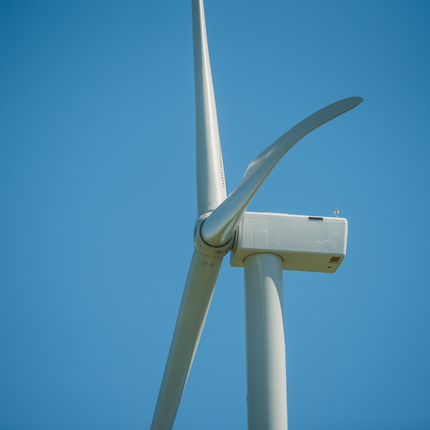By Molly Malone, former staff member
If you live in Minnesota, you’ve likely seen that the bill to speed up the transition to carbon-free electricity is a Democratic Farmer Labor (DFL) party priority and is rapidly moving through the Legislature. House File 7/Senate File 4, better known as the 100% clean energy bill, would accelerate the transition to 100% carbon-free emissions electricity by 10 years to 2040.
The Center for Rural Affairs supports the Minnesota Legislature in protecting our climate and enabling rural industries, specifically renewable energy production, which predominantly operates in rural communities. Minnesota doesn’t have any fossil fuels but there is substantial wind and solar resources. Promoting and prioritizing local rather than imported energy expenditures makes sense, with some considerations.
House File 7/Senate File 4 includes several proposals to modernize Minnesota’s approach to regulating the renewable energy industry. For example, the bill would allow a project developer to submit one proposed route for the gen-tie line that is needed to connect a new project with the transmission system, as long as that line is less than 30 miles long. Current law requires the developer to submit two routes for consideration when the line is more than 5 miles in length, a time consuming process that often ends in unnecessary delay and expense since developers secure voluntary easements in order to move these projects along.
The bill also proposes to combine the permit for that same gen-tie line with the original permit filed for a proposed solar facility, essentially removing the responsibility for approving this line from the county and handing it instead to the Minnesota Public Utilities Commission. Proponents argue that because gen-tie applications are so rare, counties sometimes feel ill-equipped to act and may delay a permit decision owing to this uncertainty. While this may be true in some cases, counties are best positioned to decide how land within their jurisdiction should be utilized. Any change to this statute should take care to preserve the basic elements of local control that are essential to good governance.
Critics have pointed to grid reliability as a reason to oppose this bill, but industry experts indicate the transmission system has historically grown and flexed to meet changing demands and it can continue to do so. The last century has seen dramatic changes in electrification, resulting in substantial growth in energy demand without catastrophic results. The bill accounts for new technologies that haven’t been named yet. If they are carbon-free, they can work.
Overall, we anticipate accelerating the 100% clean energy bill timeline will result in rural jobs, tax revenue, innovation, and energy independence for Minnesotans.




